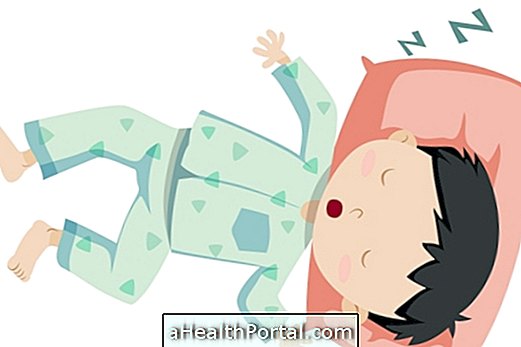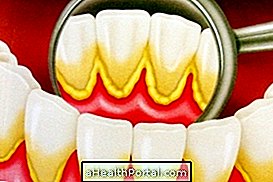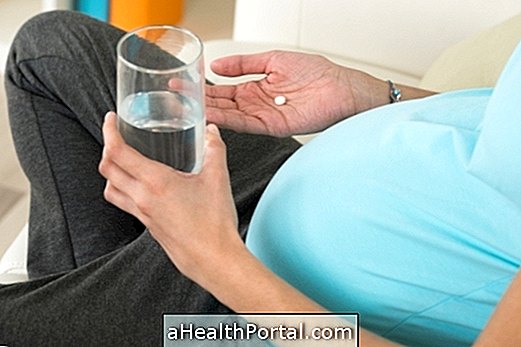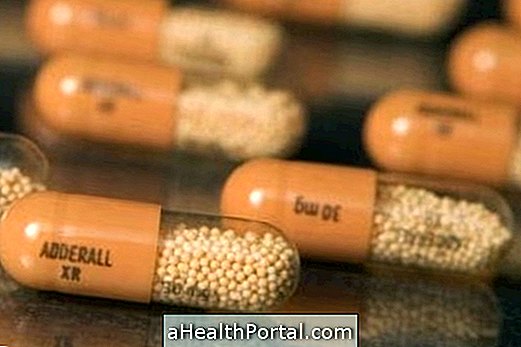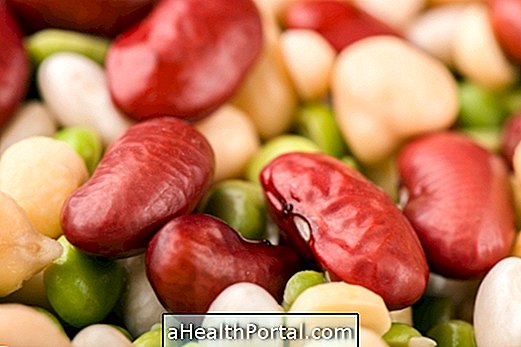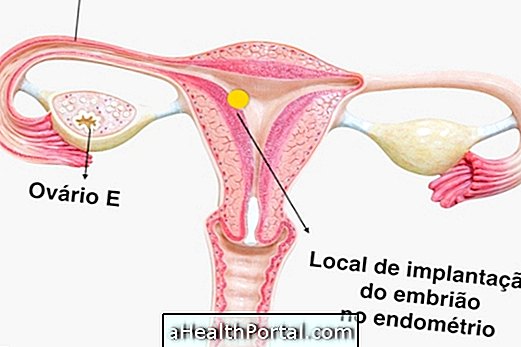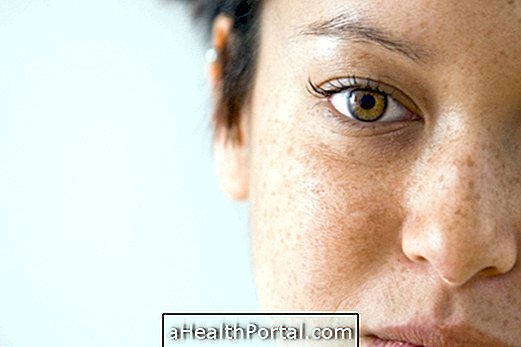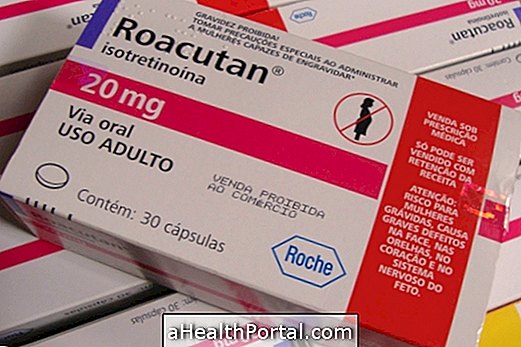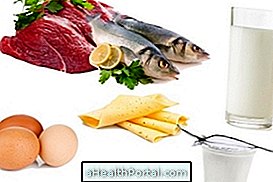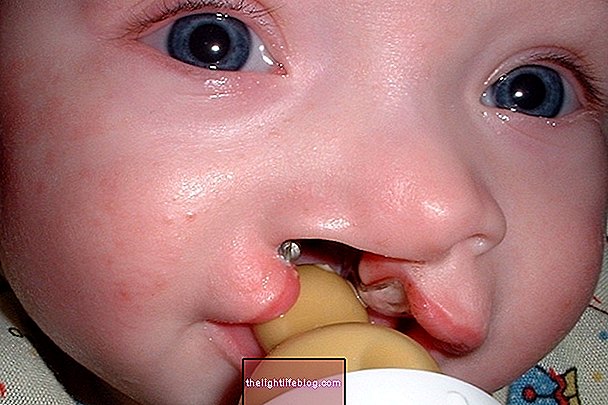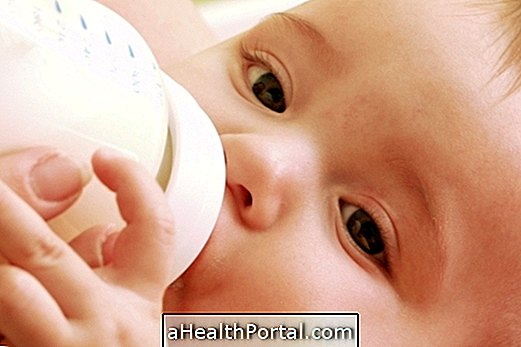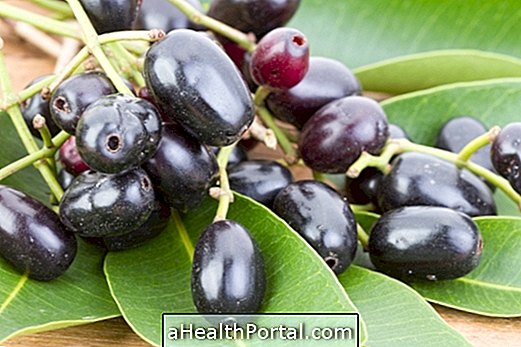Novalgina Infantil is a remedy indicated to lower the fever and relieve pain in infants and children over 3 months of age.
This drug can be found in drops, syrups or suppositories, and has in its composition sodium dipyrone, a compound with analgesic and antipyretic action that begins to act in the body in approximately 30 minutes after its administration, lasting its effect about 4 hours . Check out other natural and homemade ways to lower the fever in the baby.
This medicine can be bought in pharmacies for a price between 13 and 23 reais, depending on the pharmaceutical form and the size of the package.

How to take
Novalgina can be taken by the child in the form of drops, syrup or suppositories, and the following doses are recommended:
1. Novalgina Drops
- The recommended dose depends on the child's weight and the following guidelines should be followed:
| Weight (mean age) | No. of drops |
| 5 to 8 kg (3 to 11 months) | 2 to 5 drops |
| 9 to 15 kg (1 to 3 years) | 3 to 10 drops |
| 16 to 23 kg (4 to 6 years) | 5 to 15 drops |
| 24 to 30 kg (7 to 9 years) | 8 to 20 drops |
| 31 to 45 kg (10 to 12 years) | 10 to 30 drops |
| 46 to 53 kg (13 to 14 years) | 15 to 35 drops |
For adolescents over 15 years and adults, doses of 20 to 40 drops, given 4 times a day, are recommended.
2. Novalgina Syrup
- The recommended dose depends on the child's weight and the following guidelines should be followed:
| Weight (mean age) | Volume |
| 5 to 8 kg (3 to 11 months) | 1.25 to 2.5 mL, 4 times daily |
| 9 to 15 kg (1 to 3 years) | 2.5 to 5 mL, 4 times daily |
| 16 to 23 kg (4 to 6 years) | 3.5 to 7.5 mL, 4 times daily |
| 24 to 30 kg (7 to 9 years) | 5 to 10 mL, 4 times daily |
| 31 to 45 kg (10 to 12 years) | 7.5 to 15 mL, 4 times daily |
| 46 to 53 kg (13 to 14 years) | 8.75 to 17.5 mL, 4 times daily |
For adolescents over 15 years and adults, doses between 10 or 20 ml, 4 times a day are recommended.
3. Novalgina Children's Suppository
- Generally, for children from 4 years of age it is recommended to apply 1 suppository, which can be repeated up to a maximum of 4 times a day.
This remedy should only be given under the guidance of the pediatrician, in order to avoid overdosing of the child.
Possible side effects
Some of the side effects of this remedy may include gastrointestinal problems such as stomach or bowel pain, poor digestion or diarrhea, reddening of the urine, lowering of pressure, cardiac arrhythmias or burning, redness, swelling and hives on the skin.
Who should not use
Novalgina in children should not be used in people with allergy or intolerance to dipyrone or any of the components of the formulation or to other pyrazolones or pyrazolidines, people with impaired bone marrow function or with diseases related to the production of blood cells, people who have developed bronchospasm or other anaphylactoid reactions such as urticaria, rhinitis, angioedema after the use of pain medications.
In addition, it should also not be used in people with intermittent acute hepatic porphyria, congenital glucose-6-phosphate dehydrogenase deficiency, pregnant and nursing. (
Novalgina drops or syrup are contraindicated for children under 3 months and Novalgina suppositories for children under 4 years of age.



